Results
-
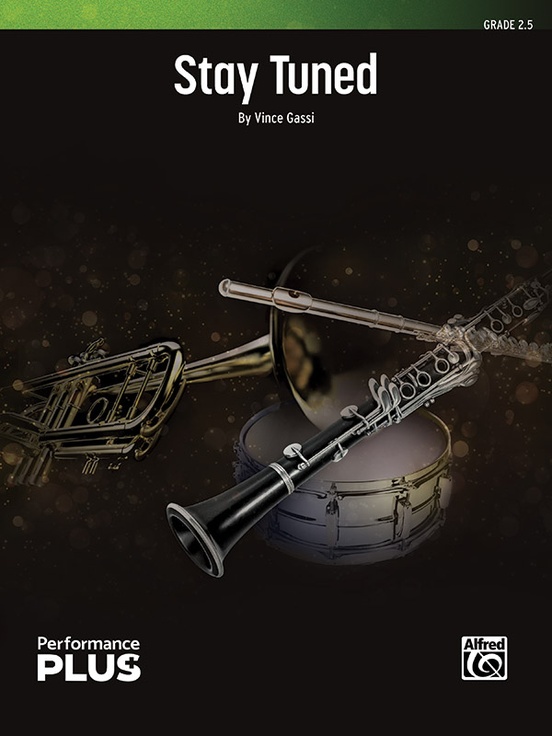 £65.00
£65.00Stay Tuned (Concert Band - Score and Parts) - Gassi, Vince
What would a piece for band entitled Stay Tuned sound like? How about one part tune up, one part driving energy, one part tuneful melody. Add to this that the tuning note is always present somewhere throughout (even in the lyrical section) whether sustained or rhythmically varied. Stay tuned with this great Vince Gassi original for audience fun! Duration: 3.00
Estimated dispatch 7-14 working days
-
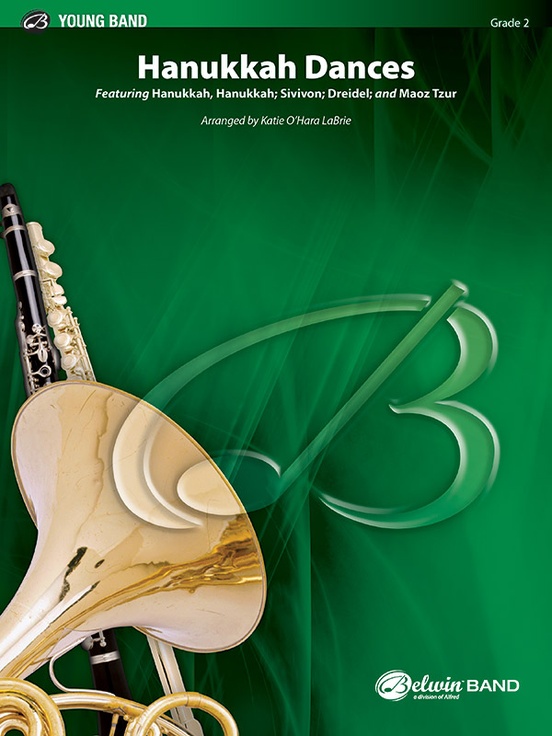 £63.00
£63.00Hanukkah Dances (Concert Band - Score and Parts) - O'Hara LaBrie, Katie
Liven up your holiday concert with a medley of four familiar Hanukkah tunes ("Hanukkah, Hanukkah," "Sivivon," "Dreidel," and "Maoz Tzur") in Hanukkah Dances, arranged by Katie O'Hara LaBrie. All students have melodic opportunities equally in this spirited arrangement that is perfect for any level. Students and audiences alike will love hearing familiar melodies introduced and then intertwined among all the voices of the band. Duration: 2.15
Estimated dispatch 7-14 working days
-
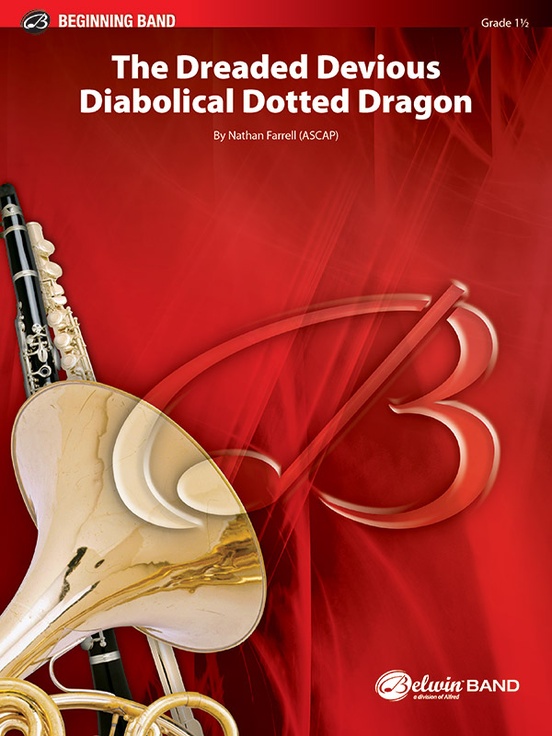 £52.00
£52.00The Dreaded Devious Diabolical Dotted Dragon (Concert Band - Score and Parts) - Farrell, Nathan
From the creative mind of Nathan Farrell, The Dreaded Devious Diabolical Dotted Dragon will light your band room up with dragon fire! Knight your students with the armor of subdivision and attack the dreaded dotted quarter note! Protect the villagers with intriguing percussion colours and fun yet surprisingly simple melodic lines. Designed to engage each section of the band with intuitive rhythms that take the bite out of the "dot," your students will love this epic musical quest. Duration: 2.00
Estimated dispatch 7-14 working days
-
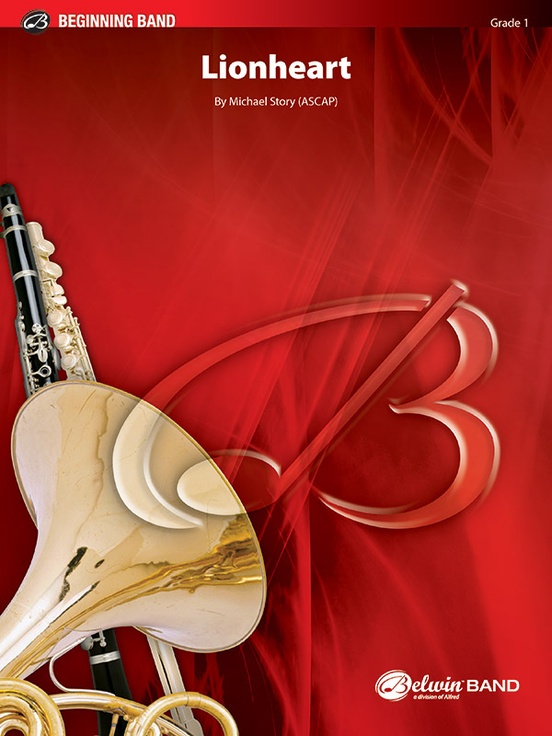 £52.95
£52.95Lionheart (Concert Band - Score and Parts) - Story, Michael
Lionheart is a dramatic piece that will highlight your first or second year band students' abilities. Your band room and auditorium will light up with bold melodic statements and unexpected harmonic twists in this fantastic work by Michael Story! Duration: 2.00
Estimated dispatch 7-14 working days
-
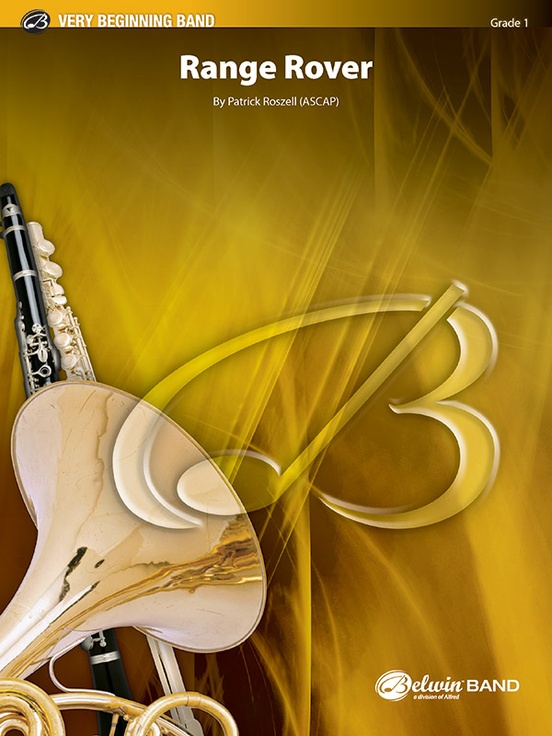 £47.50
£47.50Range Rover (Concert Band - Score and Parts) - Roszell, Patrick
Range Rover by Patrick Roszell was written for students at the end of their first year in band, Range Rover uses intervals of a 2nd, a 3rd, and a 4th to move students up or down the scale. A fun way to reinforce air support and slurs in the brass section. Duration: 2.00
Estimated dispatch 7-14 working days
-
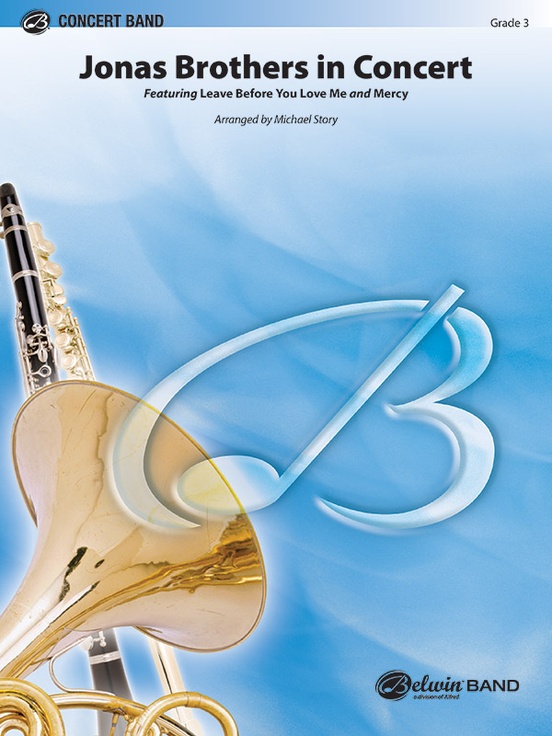 £73.00
£73.00Jonas Brothers in Concert (Concert Band - Score and Parts) - Story, Michael
Light up your concert hall with Jonas Brothers in Concert. This expertly scored arrangement by Michael Story features two hits from the talented siblings: "Leave Before You Love Me" (with Marshmello) and "Mercy" (from Space Jam: A New Legacy). Duration: 3.15
Estimated dispatch 7-14 working days
-
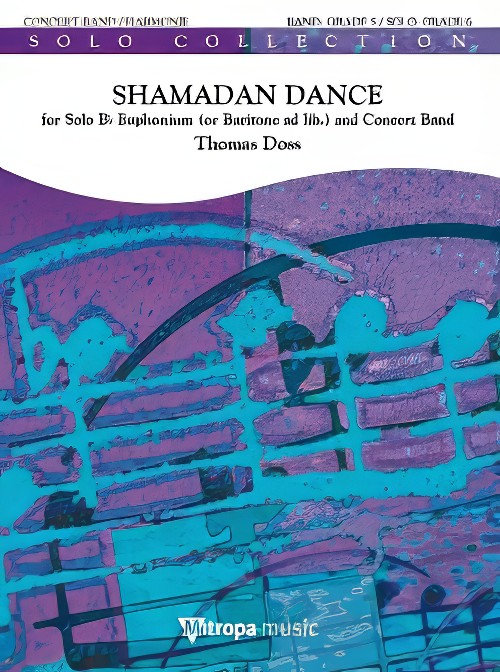 £124.99
£124.99Shamadan Dance (Euphonium Solo with Concert Band - Score and Parts) - Doss, Thomas
The Shamadan is an old oriental folk dance full of symbolism in which a female dancer, often on the occasion of a wedding, balances a candelabra on her head as a token of spiritual light. In this work, the euphonium takes up the role of the dancer. At the very beginning, the soloist already has the opportunity to shine in an unaccompanied recitative. Next, the soloist and band alternate, and in the course of the work the band also plays an important part with various technical highlights. More variation is created with a solo passage accompanied by percussion and hand claps, culminating beautifully in a grand tutti towards the end of the piece. Challenging music with much to enjoy! Duration: 8.30
Estimated dispatch 7-14 working days
-
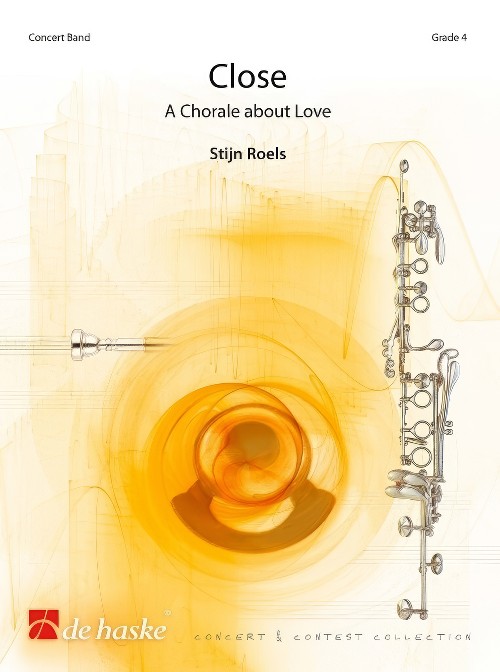 £72.99
£72.99Close (A Chorale about Love) (Concert Band - Score and Parts) - Roels, Stijn
Close is a chorale that sings the praises of a universal theme: love. The people who are dear to you are the ones you'd like to keep as close to you as possible, to make sure you can hug them from time to time. This was not always a matter of course during the past COVID period - an absence which many people felt deeply. The desire for the closeness of love is expressed in a beautiful, lyrical melody supported by warm harmonies. After a quiet opening, the music builds up to a grand climax, and it features tender as well as ardent moments. Perfect to dream away, as well as to dwell on the many aspects that belong to love. Duration: 4.30
Estimated dispatch 7-14 working days
-
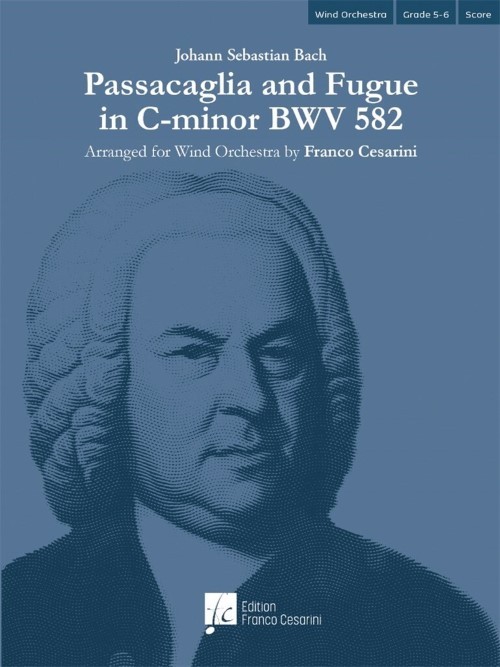 £171.00
£171.00Passacaglia and Fugue in C minor BWV 852 (Concert Band - Score and Parts) - Bach, Johann Sebastian - Cesarini, Franco
The Passacaglia is a set of instrumental variations based on an ostinato bass. Bach's Passacaglia and Fugue in C-minor for organ represents the pinnacle of what had been achieved in this compositional form at that time. In Franco Cesarini's arrangement for large wind orchestra, the particularly careful interpretation of the original piece enables him to exploit all the sound colors at his disposal, and in this sumptuous guise Bach's work also takes on a grandiose dimension, albeit tinged with late-Romanticism. The exposition of the beautiful theme begins in the bass part, immediately creating a solemn and serious atmosphere which is accentuated by the intensely pathetic character of the first variations. Up to the tenth variation it remains confined to the bass, but in subsequent ones it also passes to the soprano and alto register. The integrity of the theme is also embellished with elegant arpeggios, in whose lower and higher extensions the theme can be distinguished. Towards the end it returns to the bass in an impressive thickening of the polyphonic texture that swiftly re-establishes the key of C-minor. The "Thema fugatum" which follows immediately does not constitute a Fugue in its own right, rather it is nothing but the twenty-first and most extensive variation of the Passacaglia. This time Bach uses only the first half of the theme, superimposing a rhythmic countersubject that considerably enlivens the entire development of the composition. The polyphonic discourse becomes increasingly dense, until the building tension peaks in a powerful "Neapolitan sixth" chord, followed by a sudden pause. This culminating moment then leads to the coda and final cadence on a bright C-major chord. Duration: 12.45
Estimated dispatch 7-14 working days
-
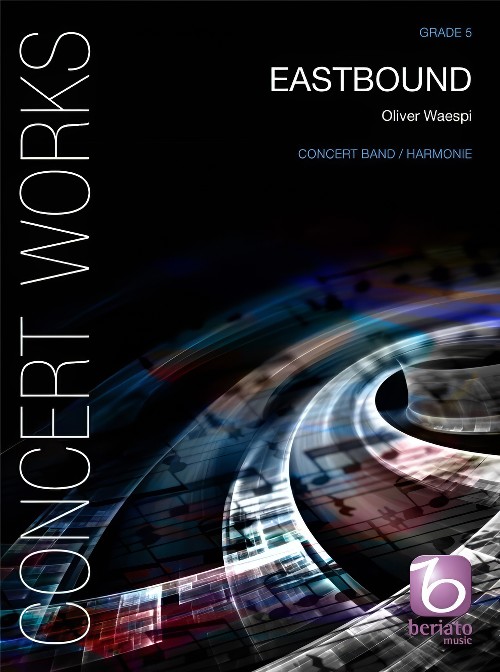 £126.50
£126.50Eastbound (Concert Band - Score and Parts) - Waespi, Oliver
Eastbound was commissioned by the Siena Wind Orchestra of Tokyo and may be heard as a sort of urban exploration. It begins with a massive chordal progression verging into a compact, groove-driven exposition of a relatively basic motif, going on to become increasingly virtuosic and hectic, reflecting the ever-present hustle and bustle in the streets of a megalopolis. The subsequent slower section brings about an Edenic atmosphere. Some soloists are featured with expressive lines, building up towards a short climax with a blues flavour, leading back to the fast music of the beginning. The heavily scored chords of the beginning reappear only towards the ending of the piece, like pillars of the musical bridge spanning the entire piece. Another acceleration finally leads to a turbulent close. Duration: 8.15
Estimated dispatch 7-14 working days
